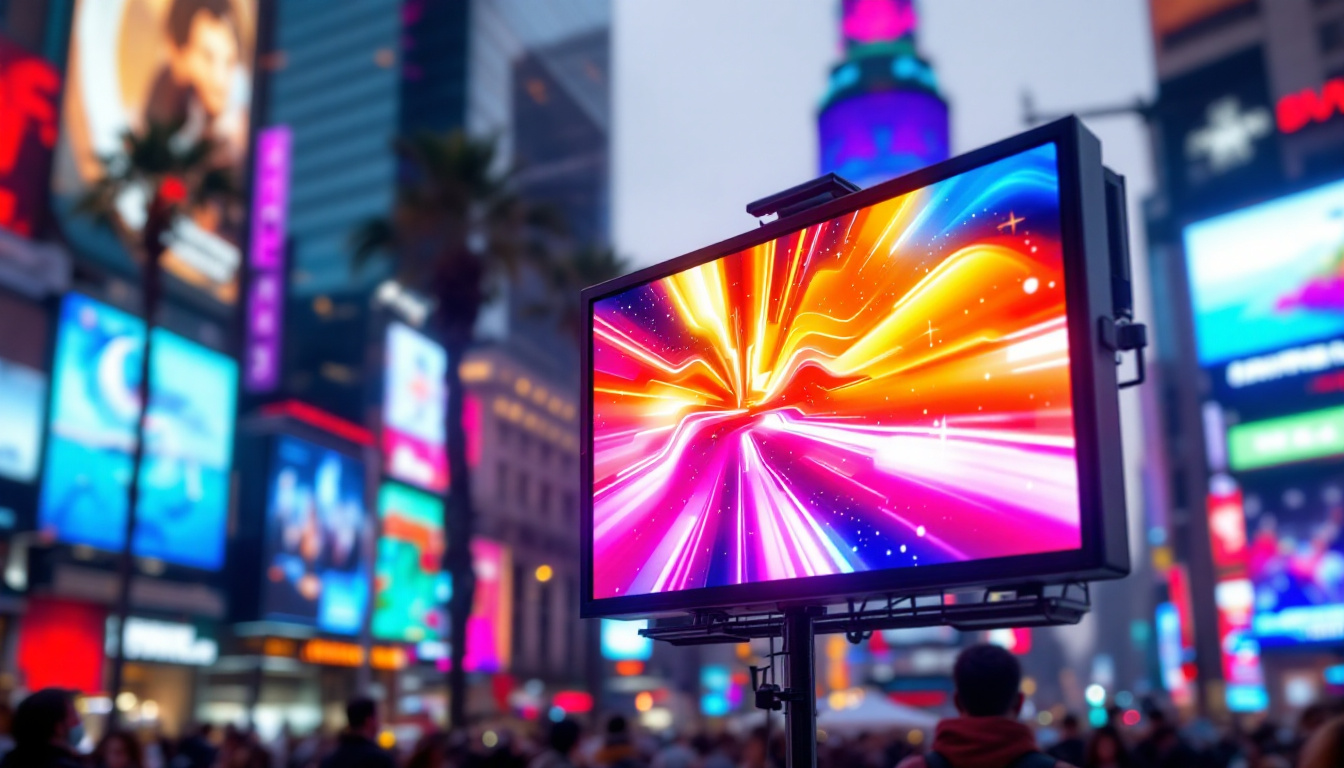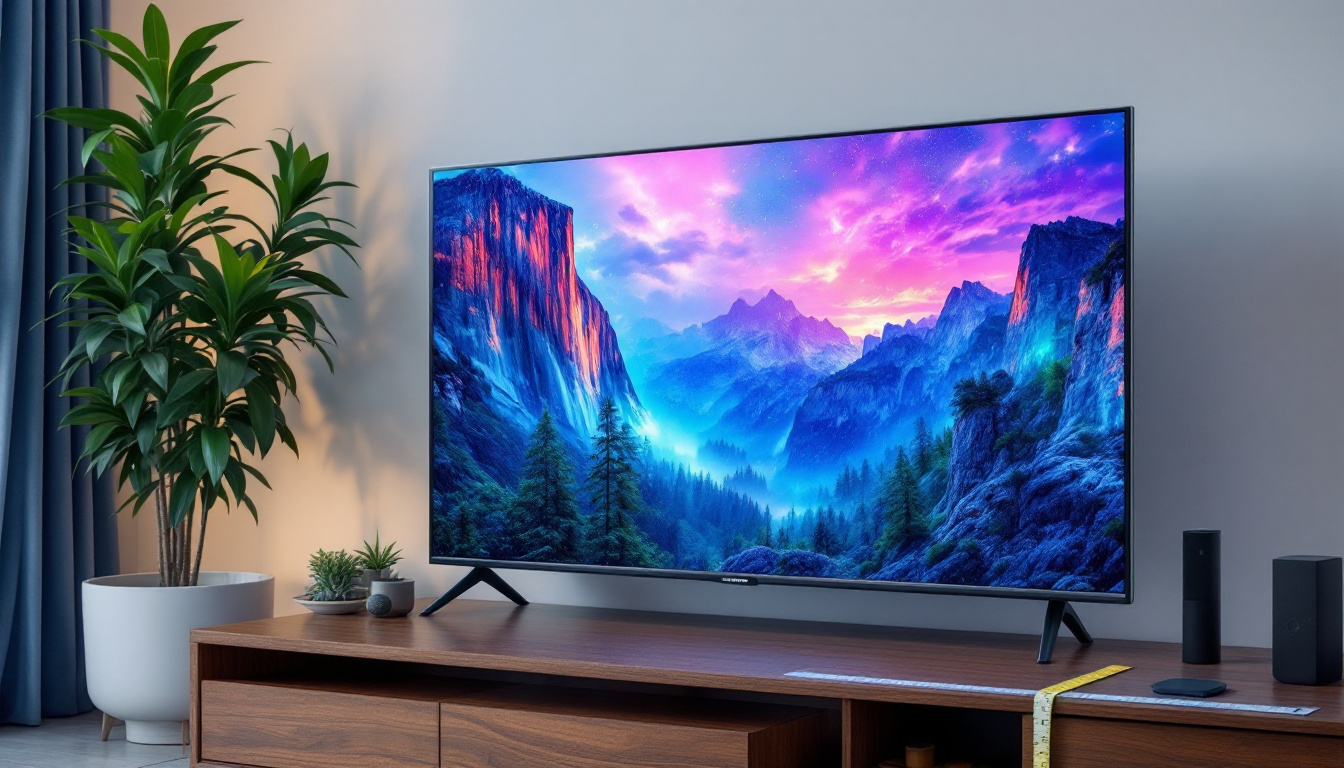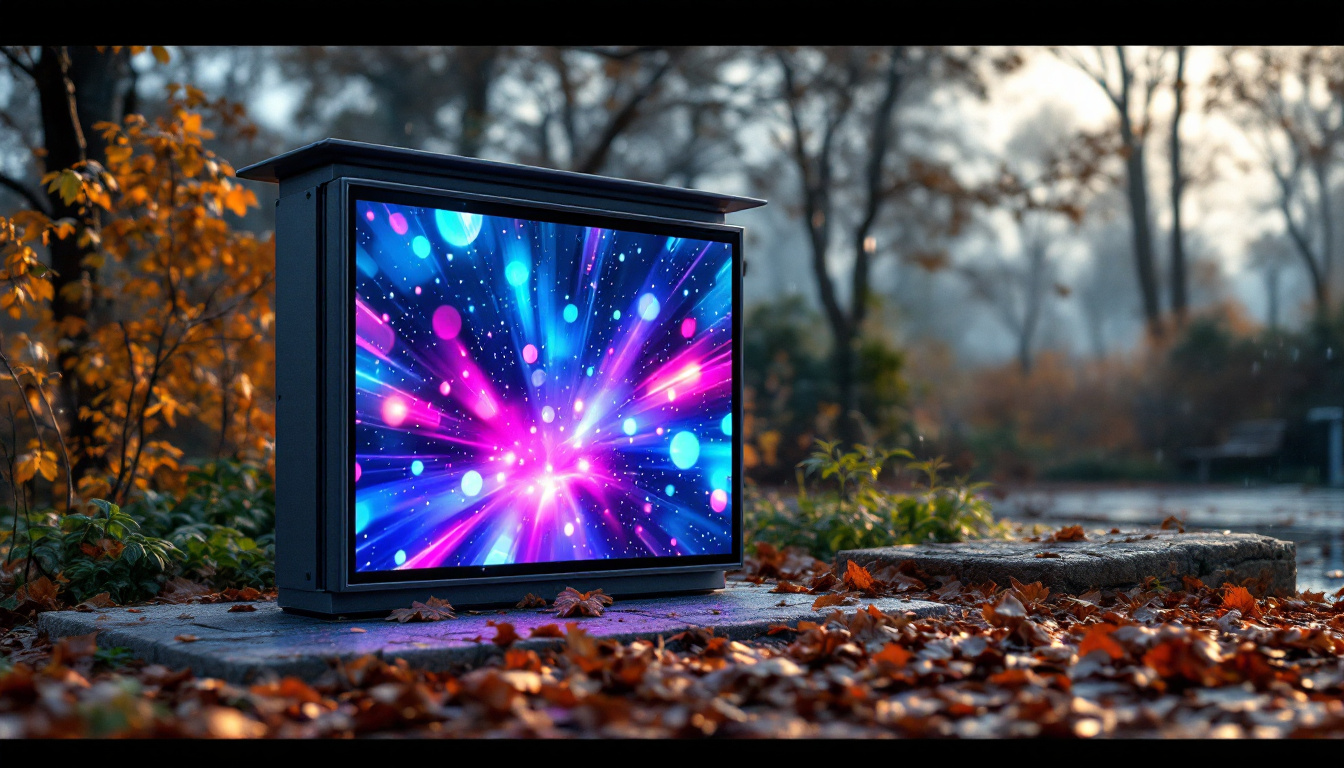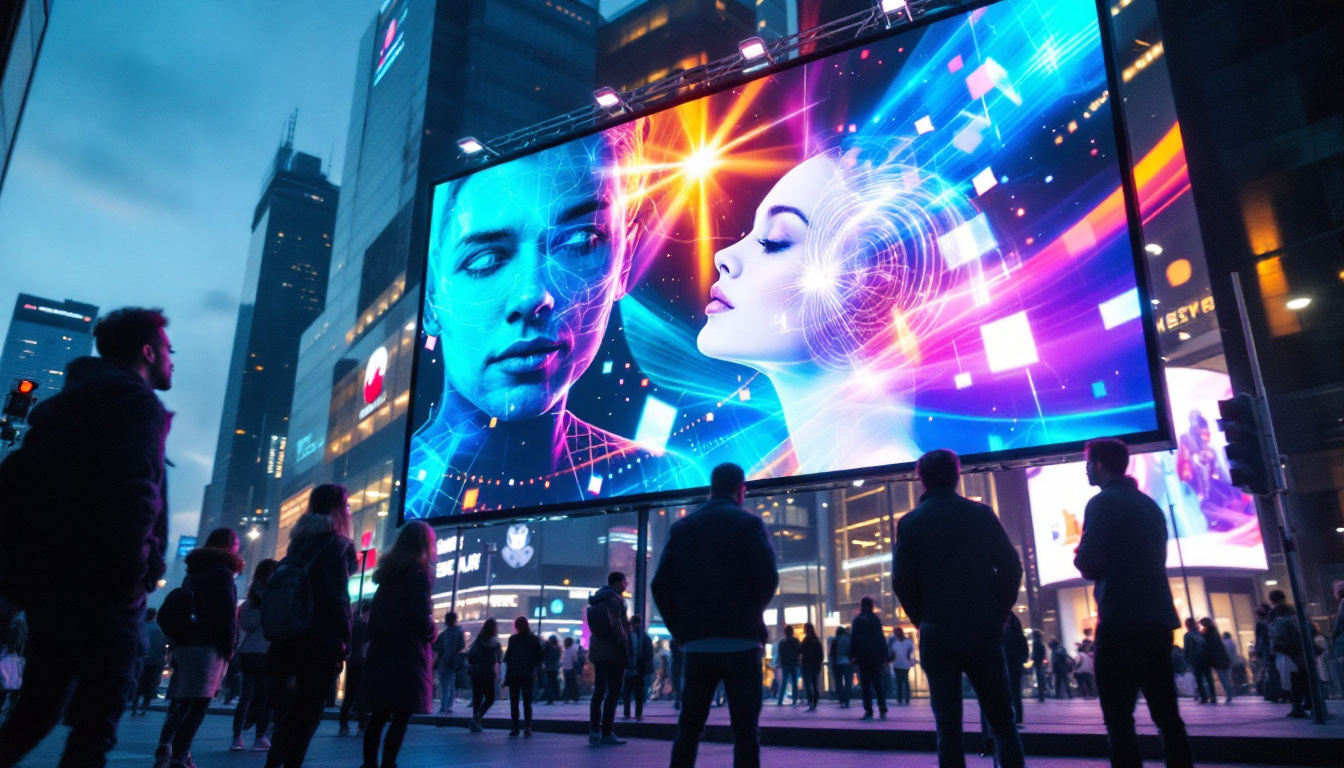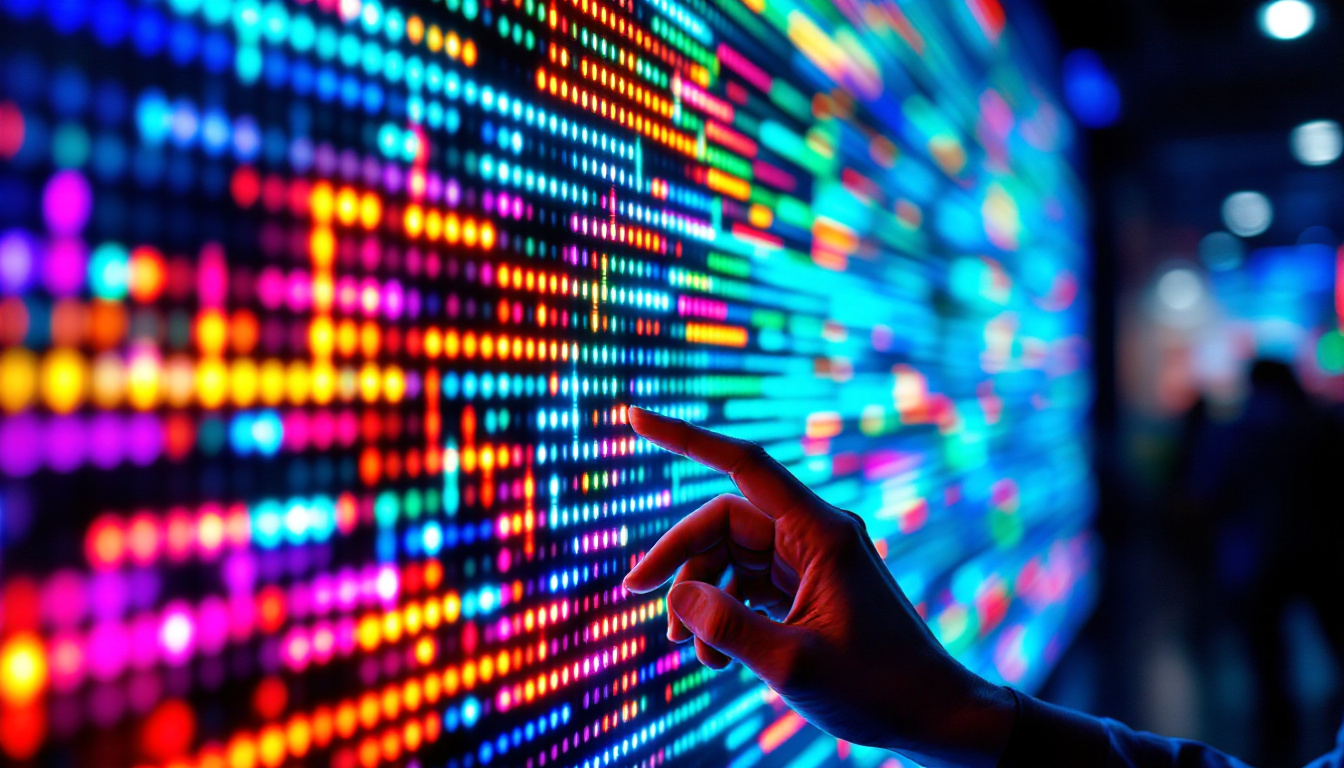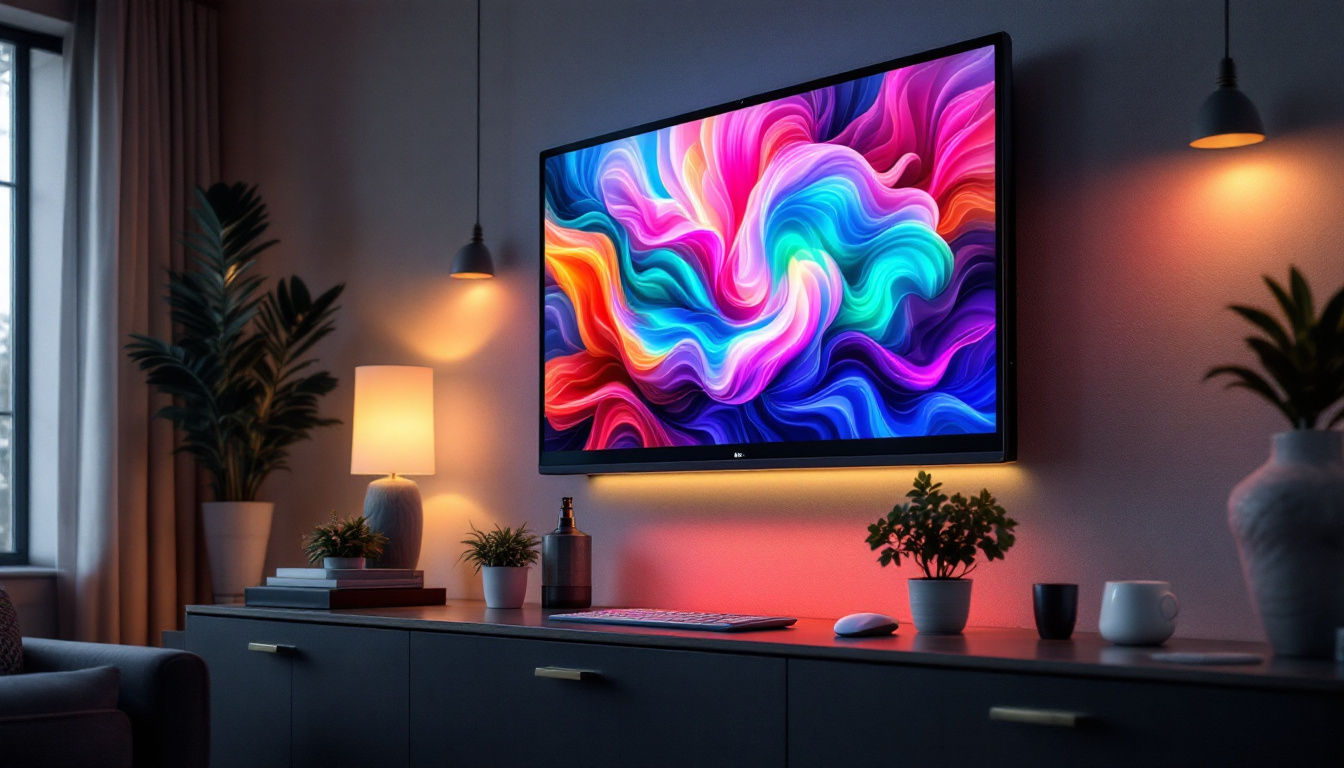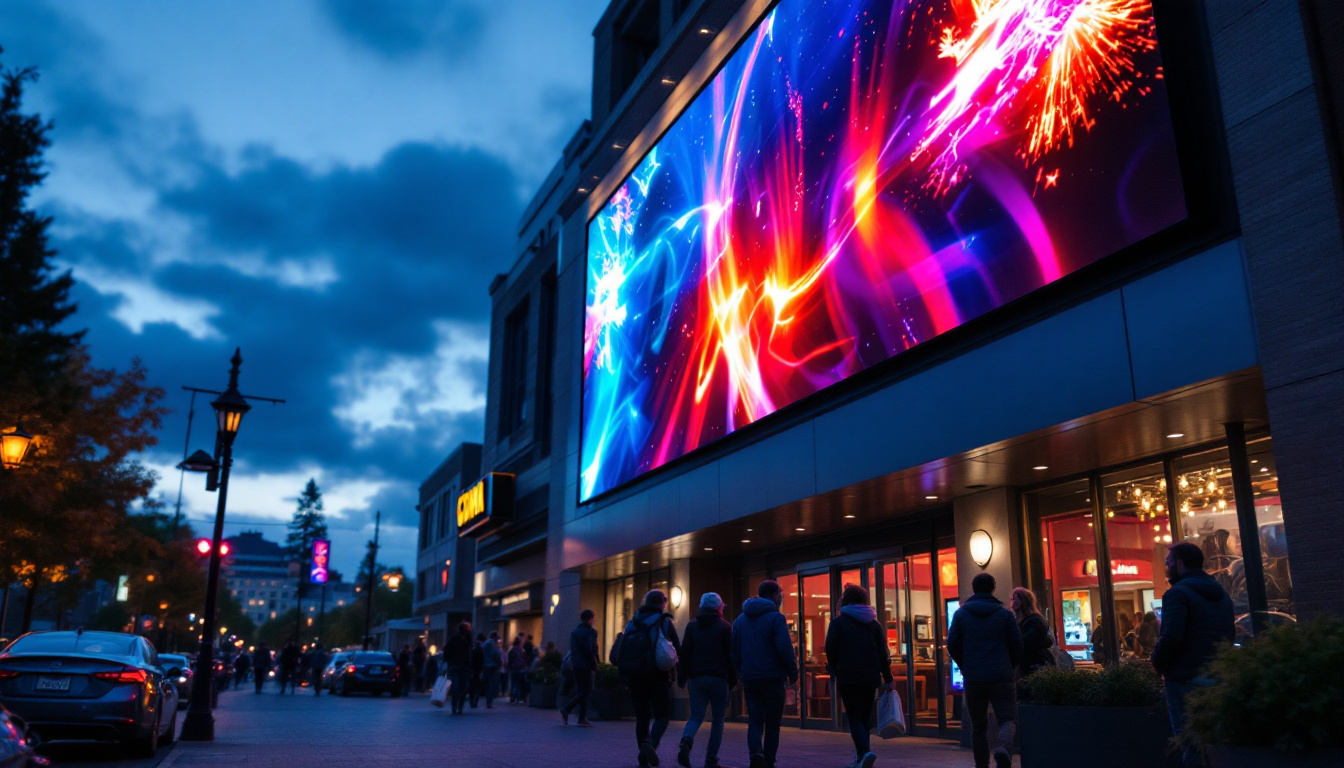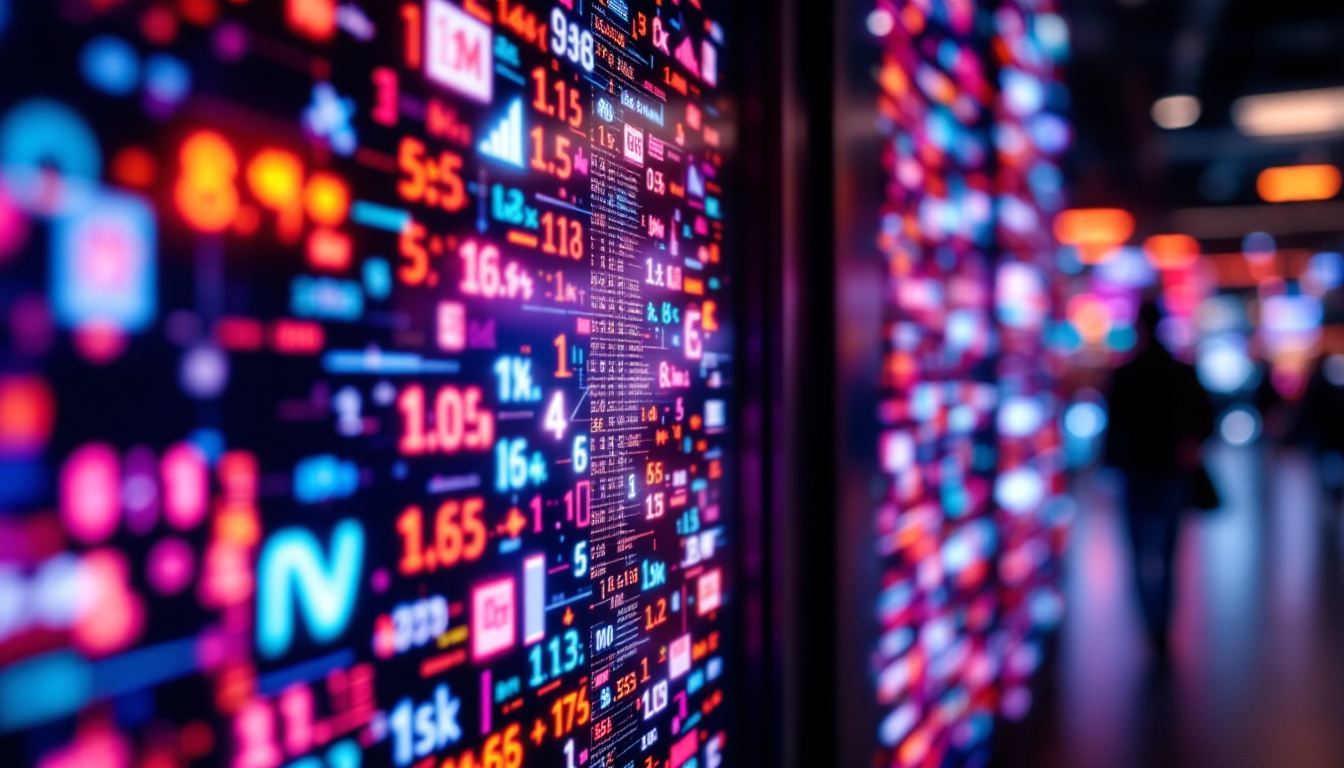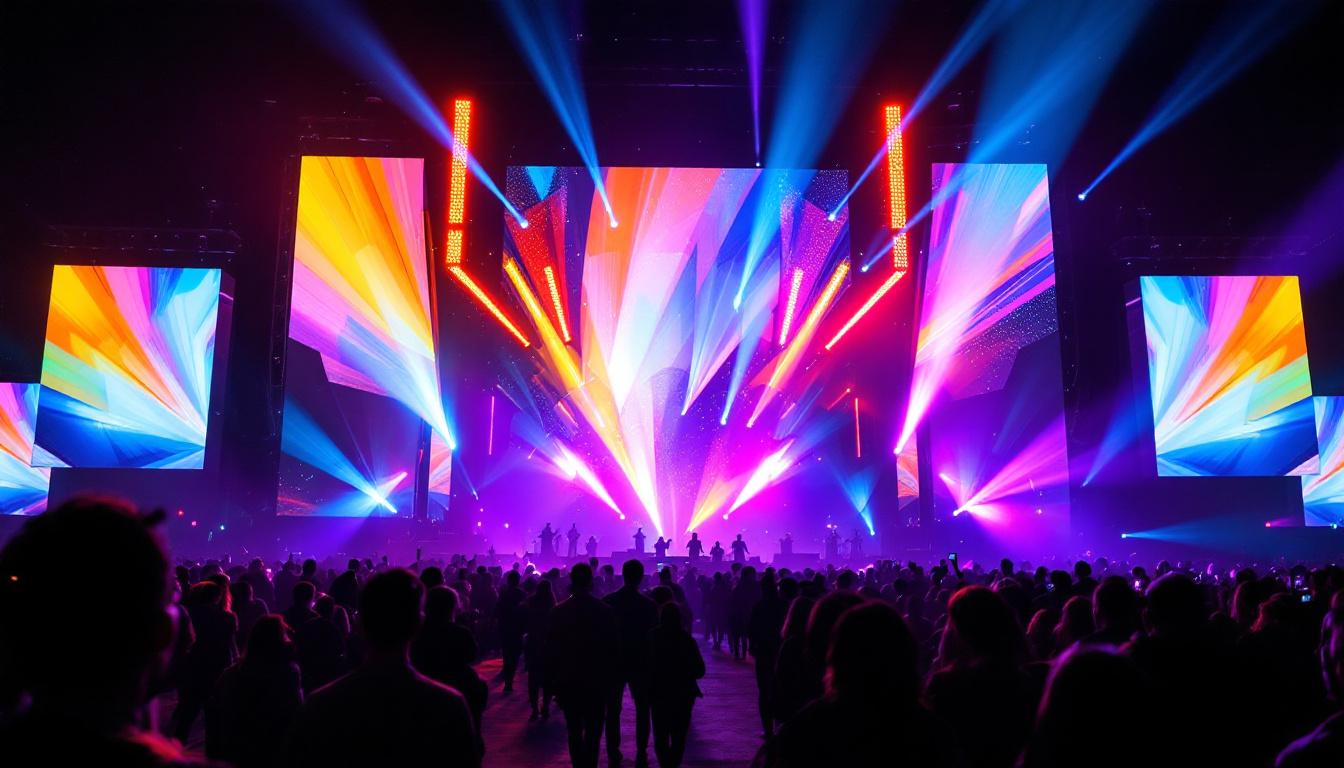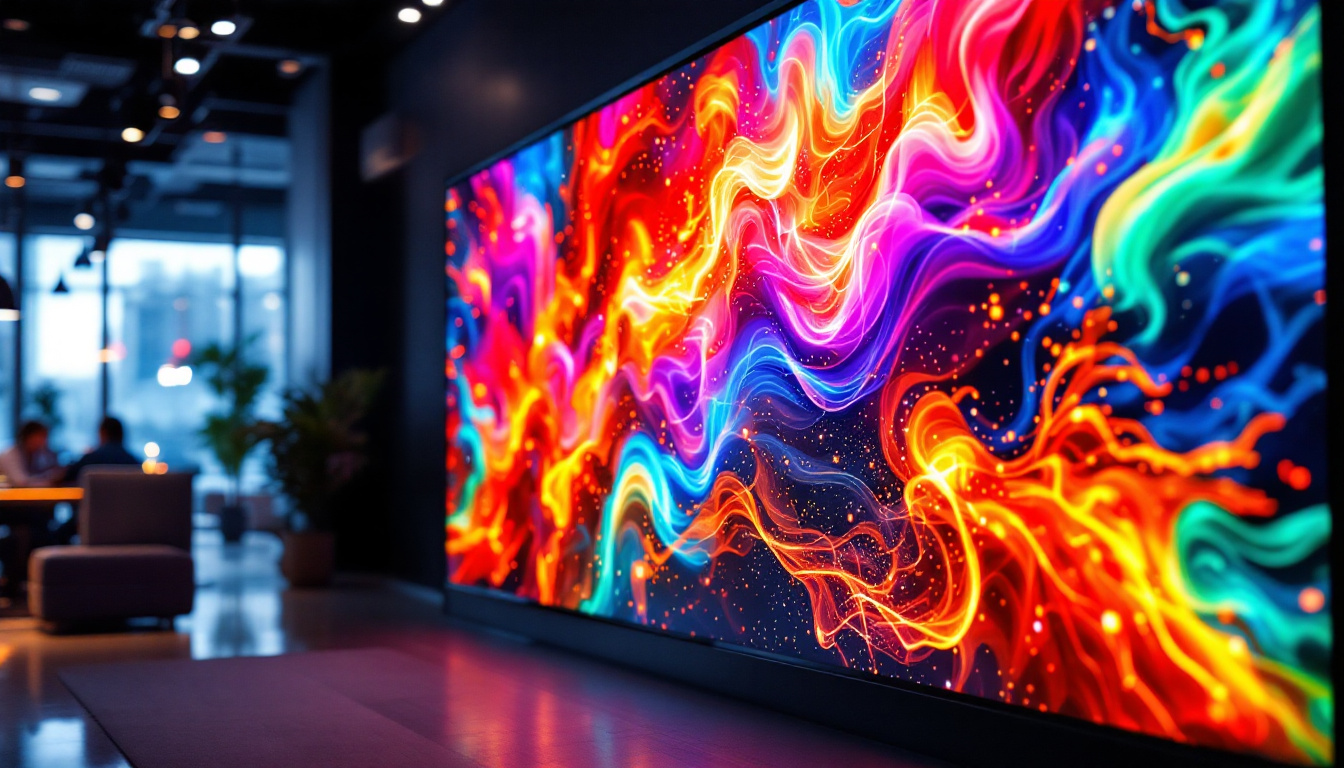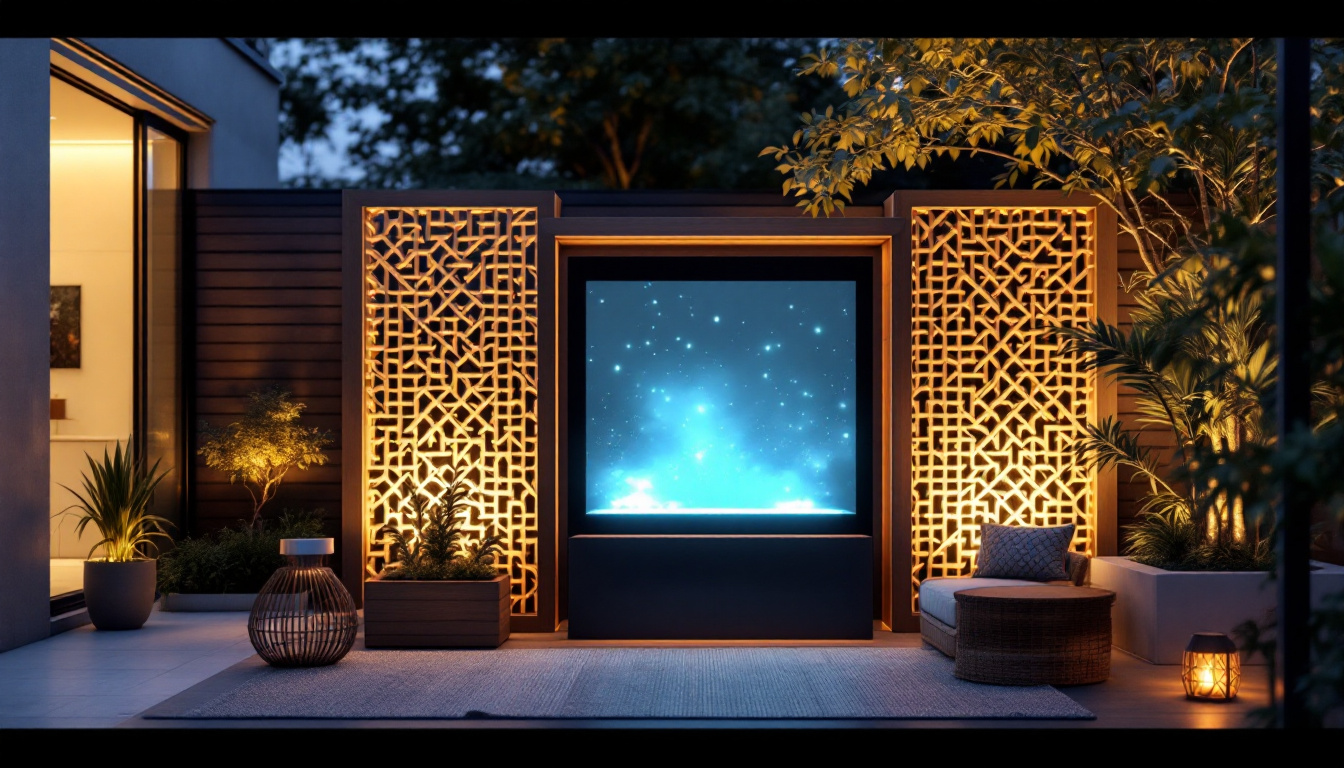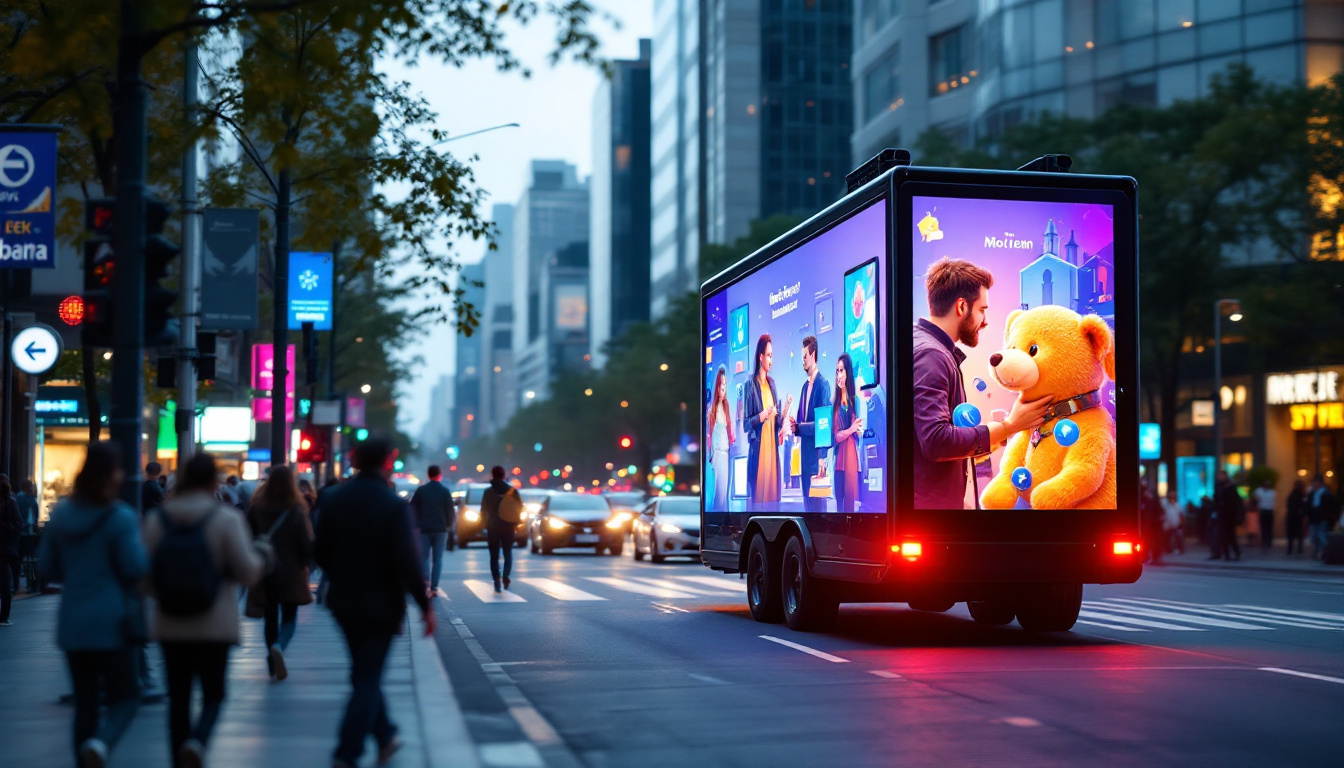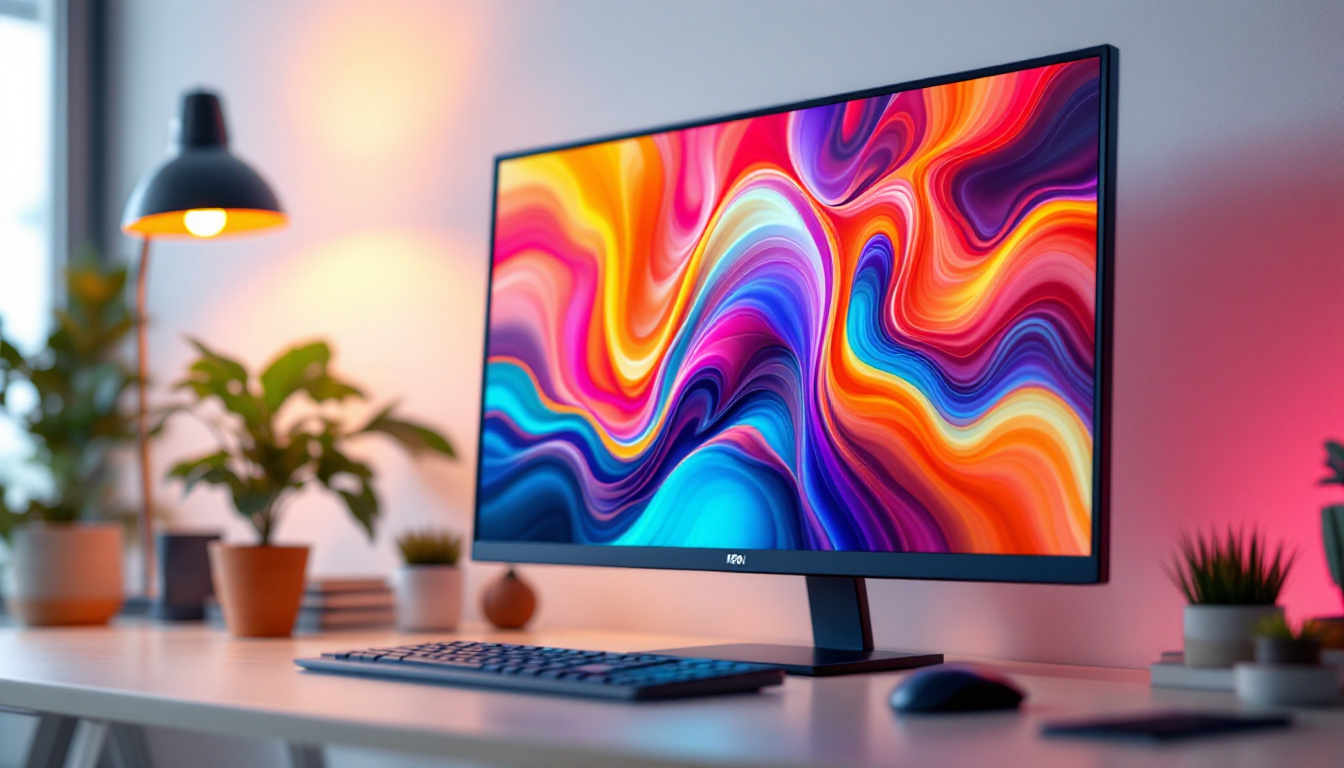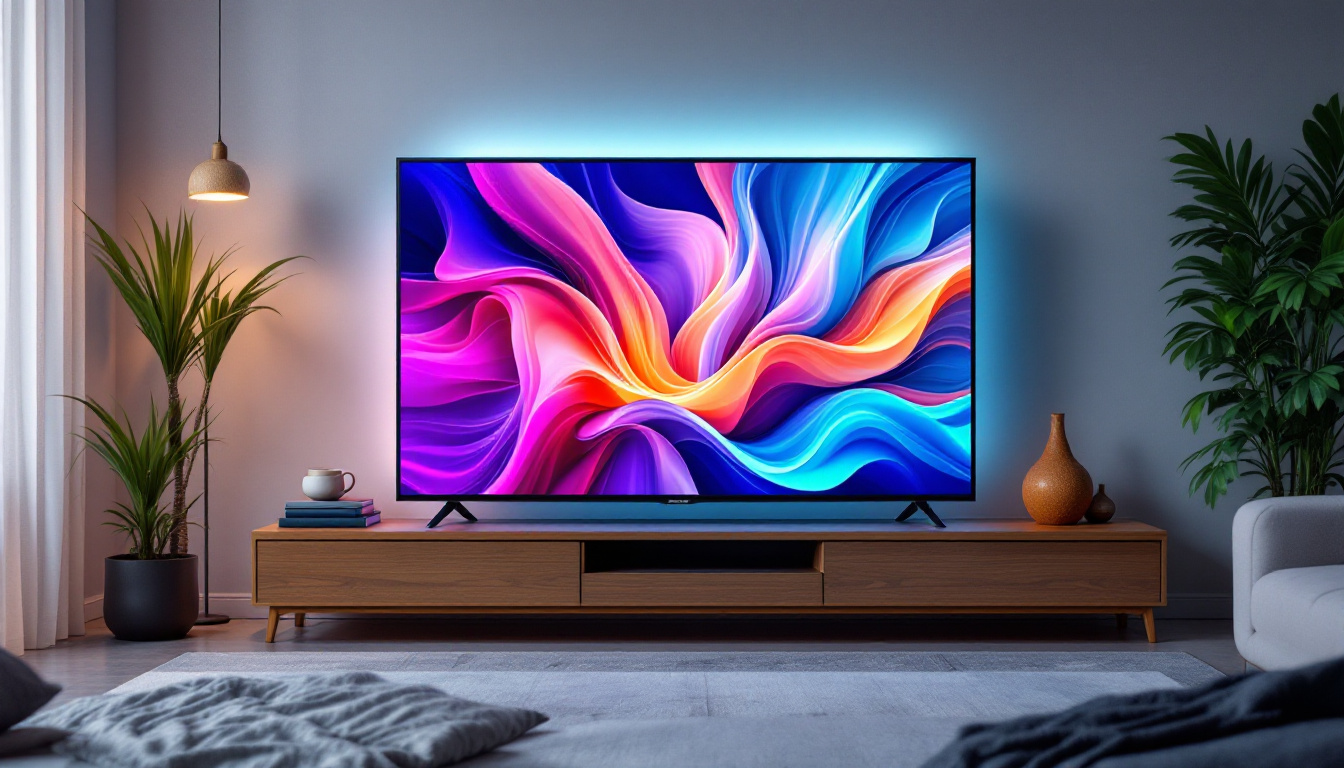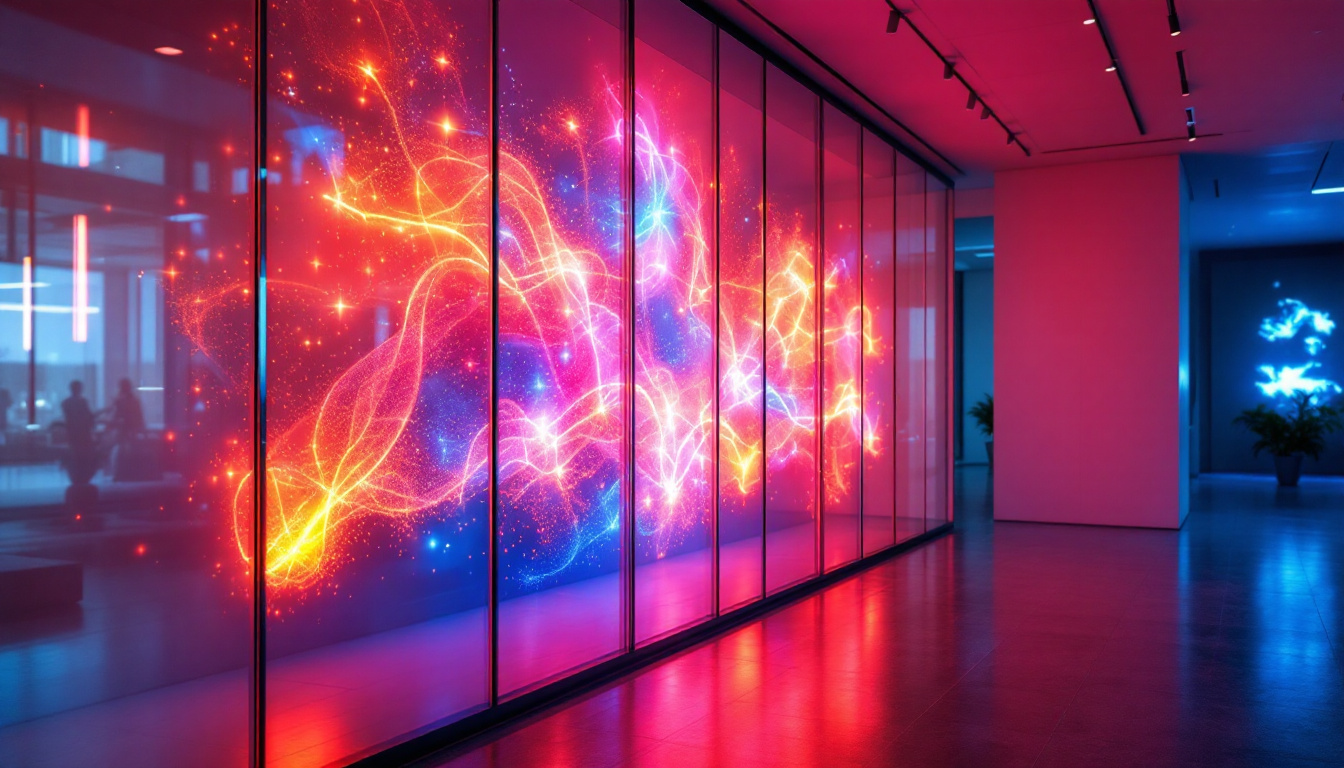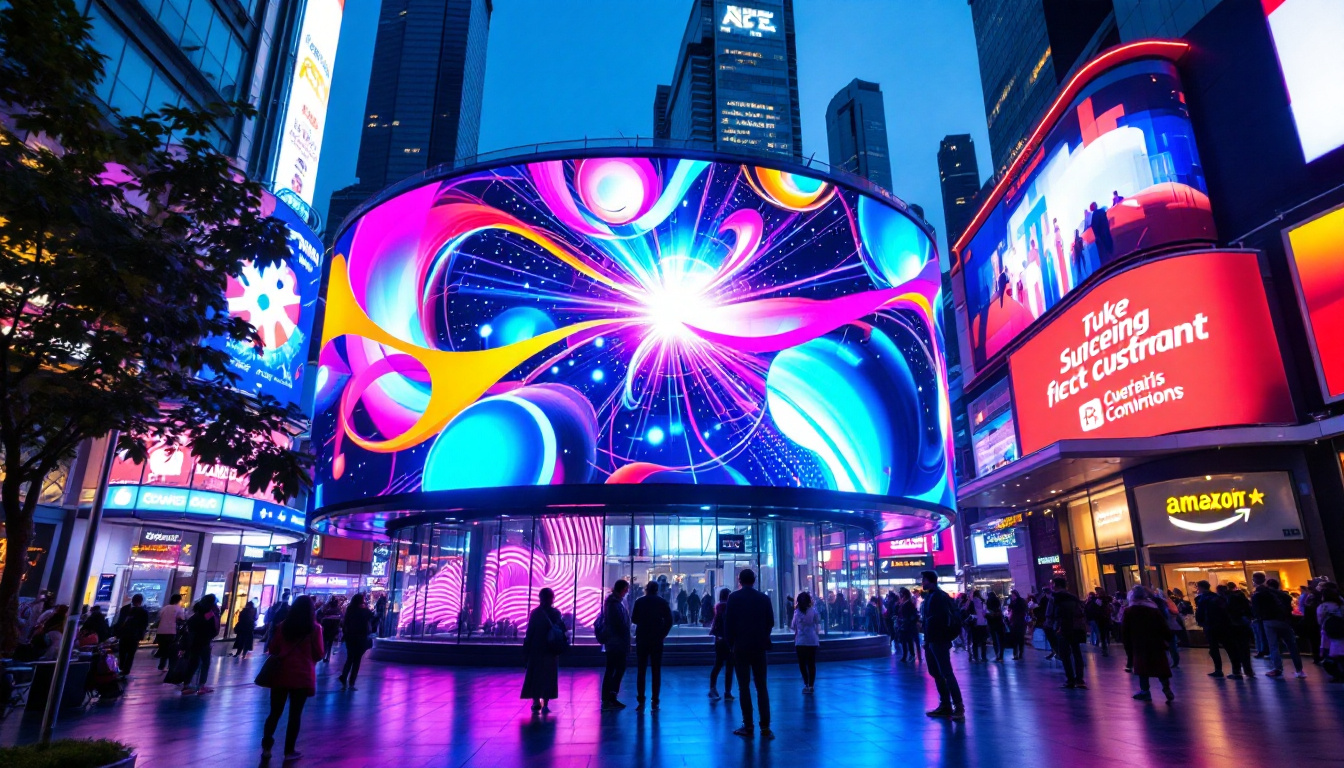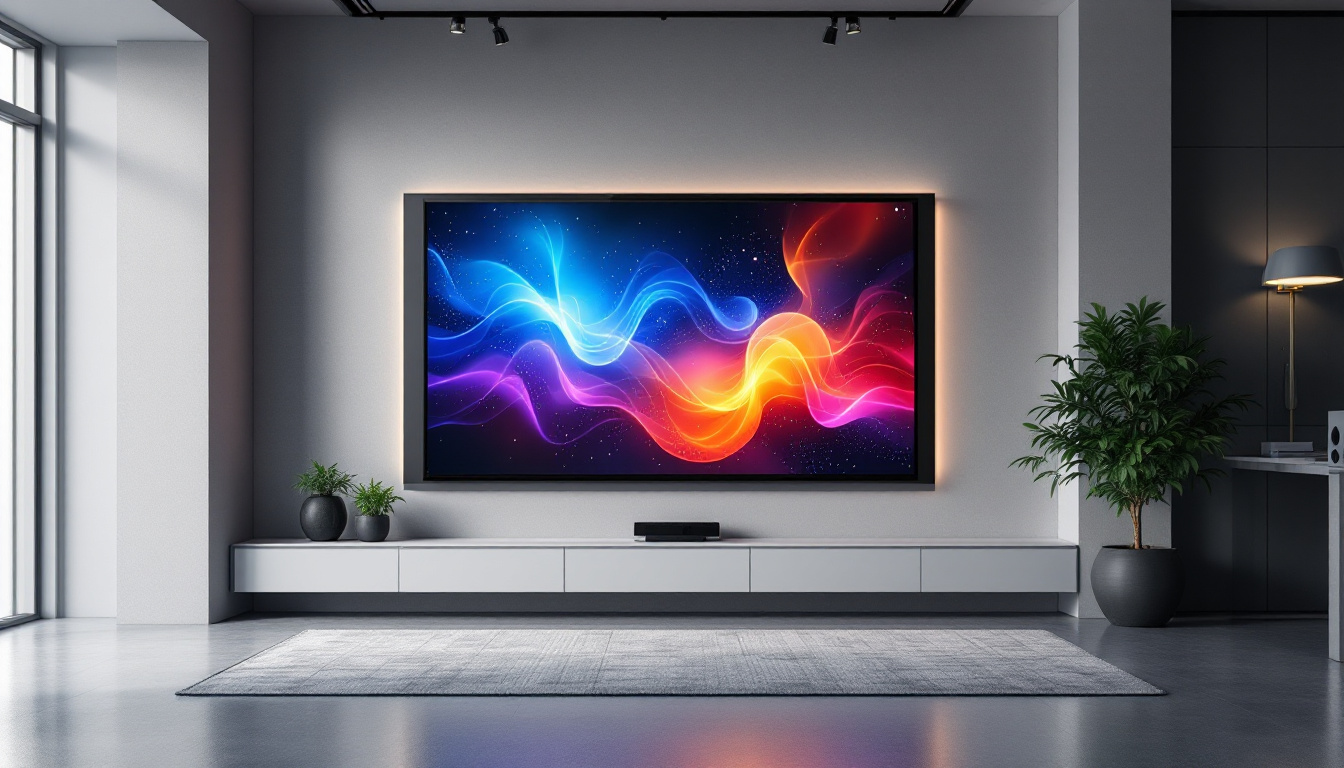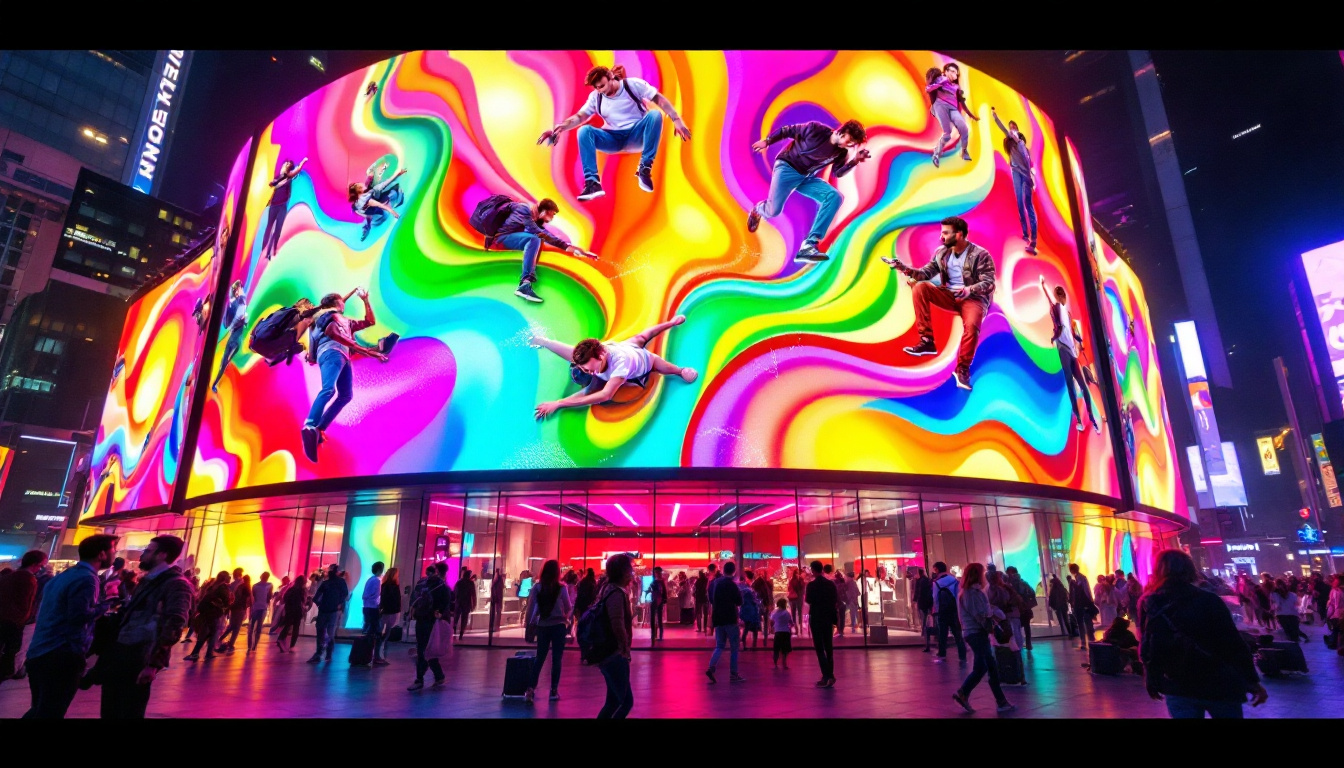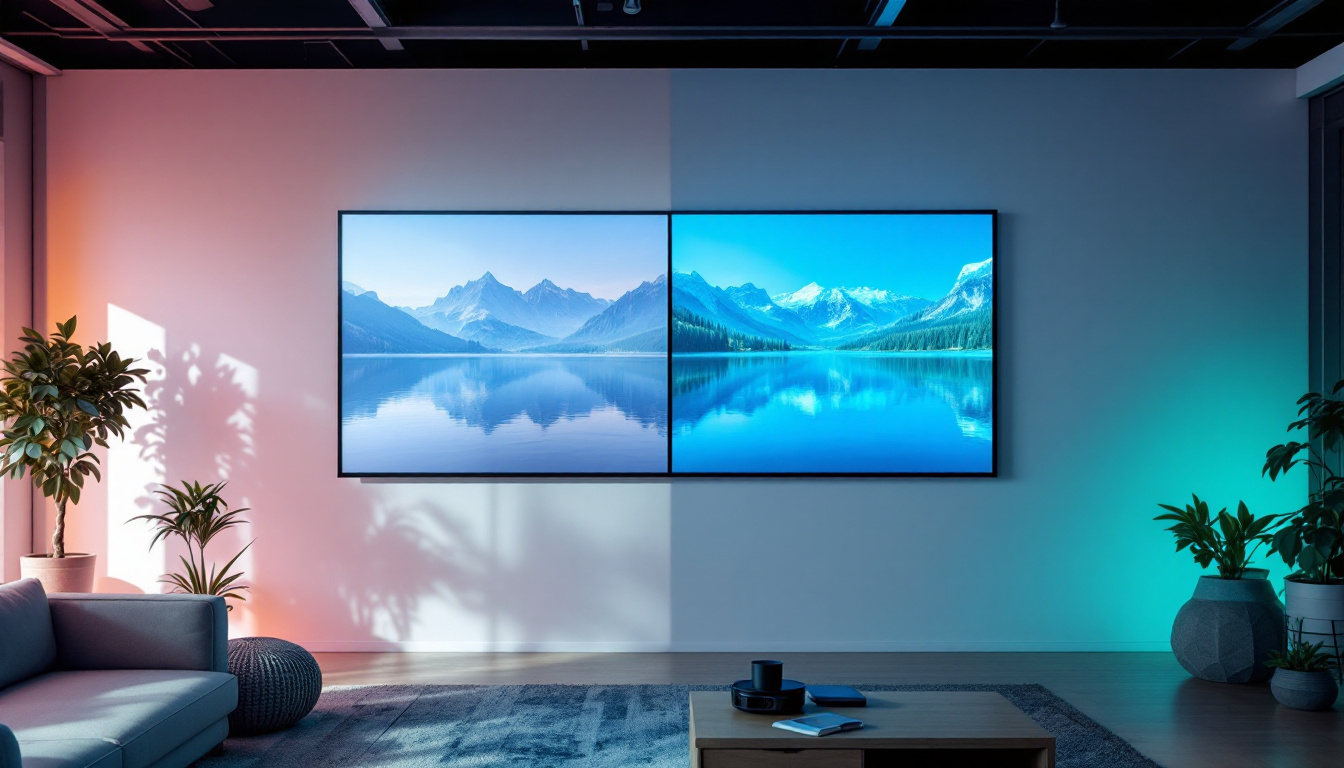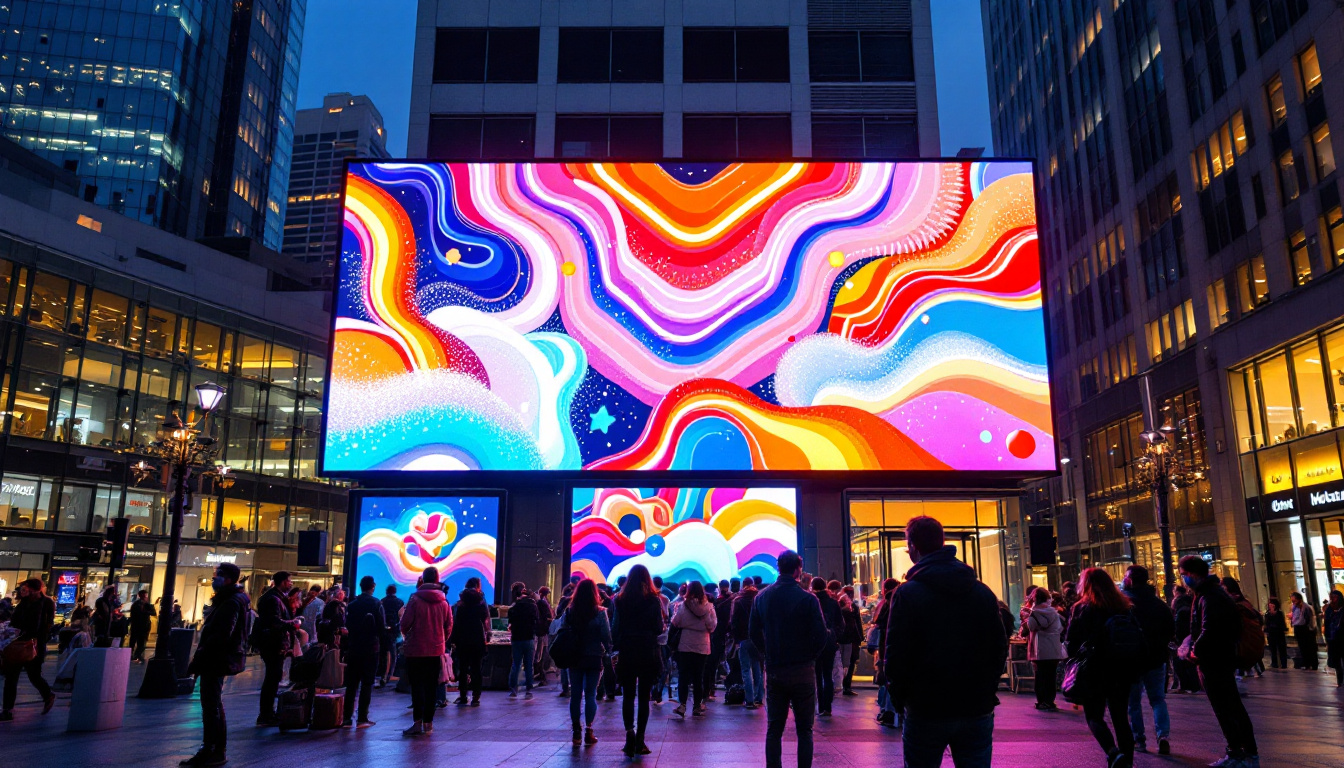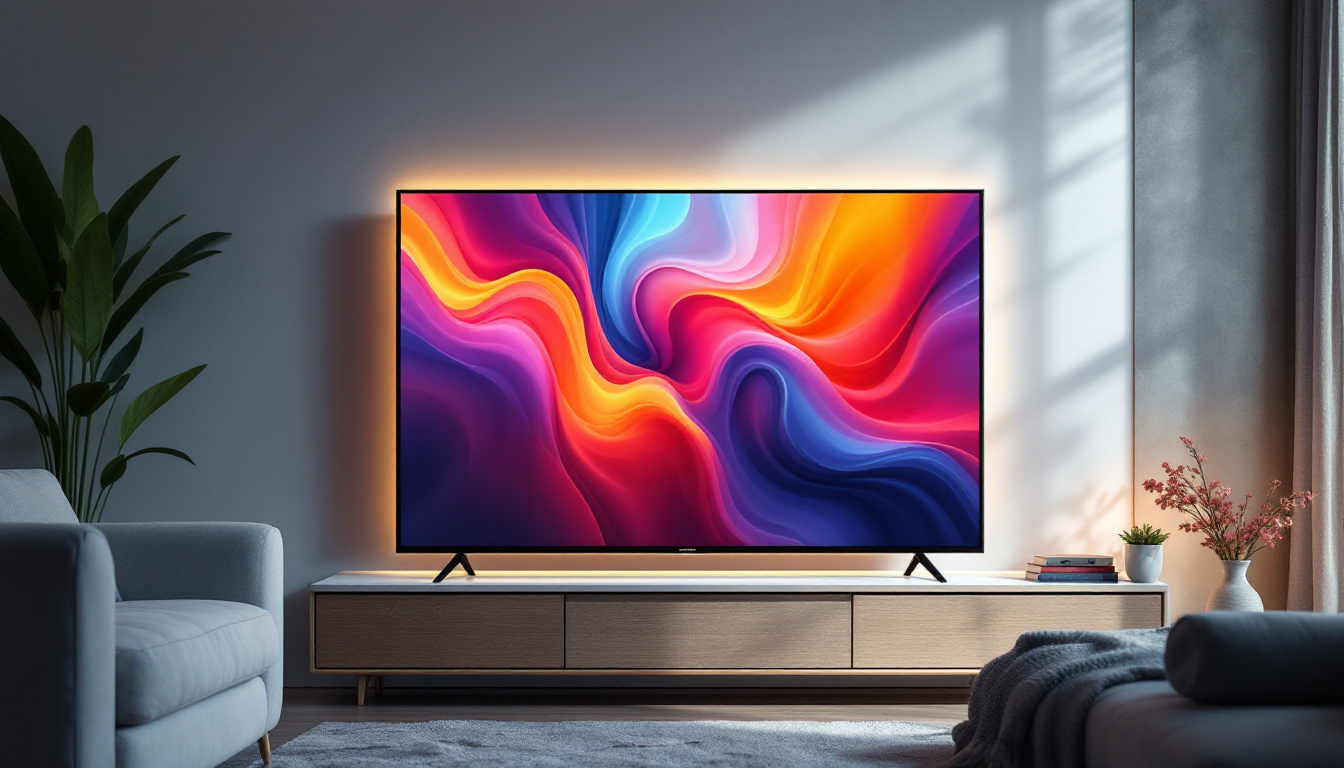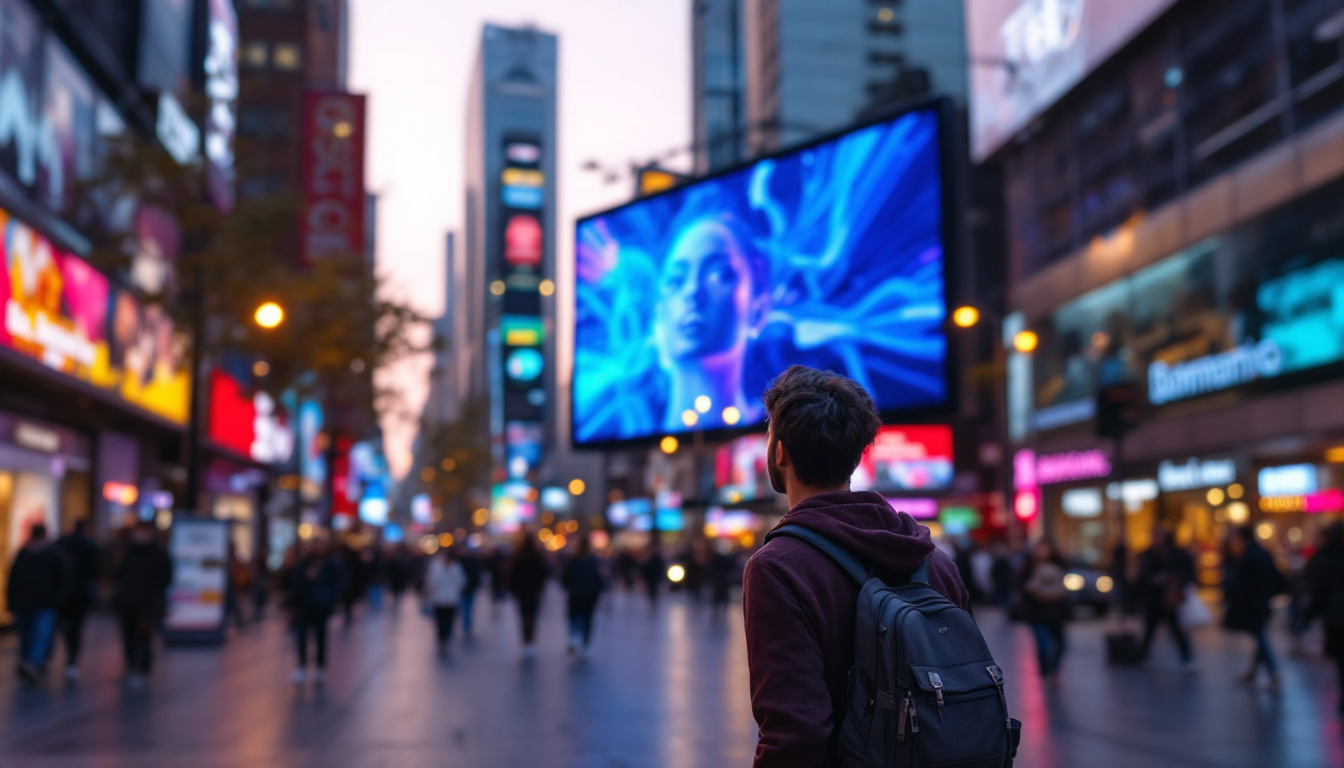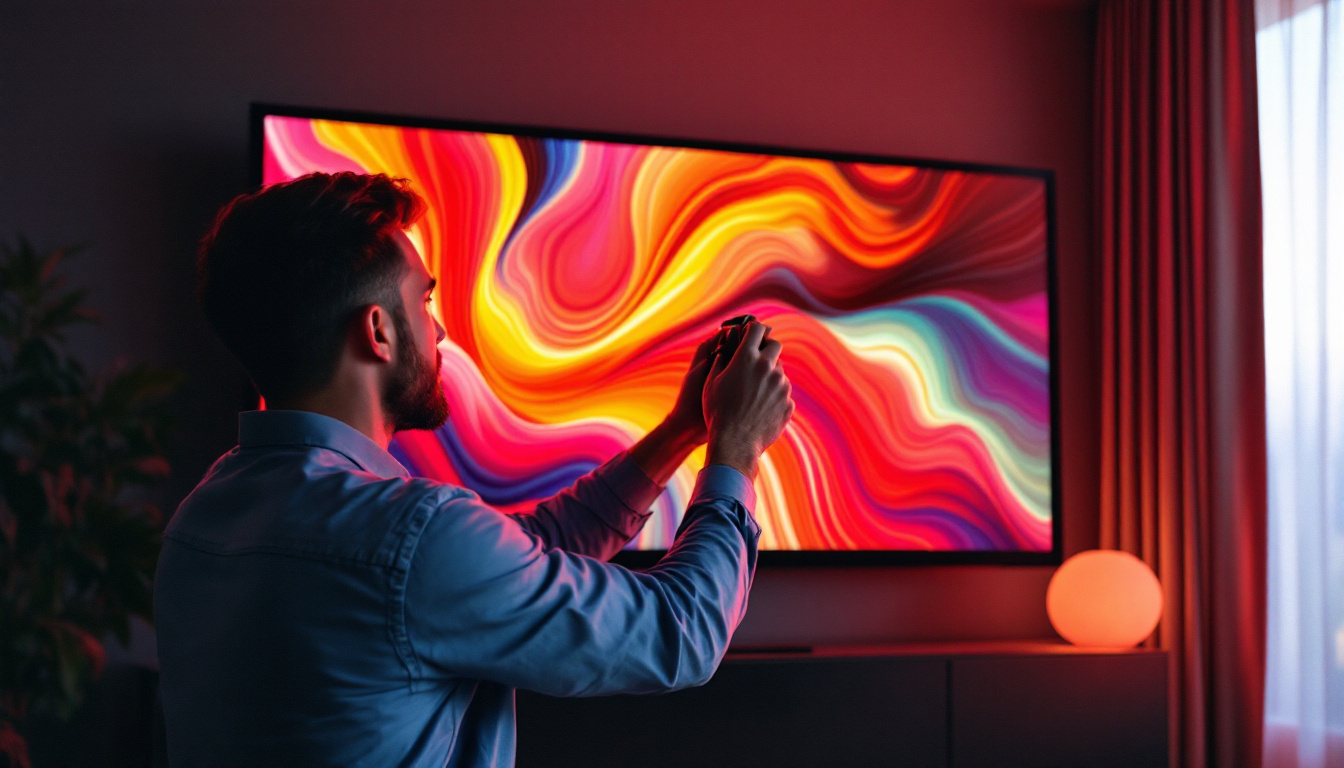In the vibrant landscape of California, where innovation meets creativity, LED displays have emerged as a powerful medium for communication and advertising. These displays not only captivate audiences but also offer businesses a dynamic way to convey their messages. This article delves into the intricacies of LED displays, their advantages, applications, and the technology behind them.
Understanding LED Technology
Light Emitting Diodes (LEDs) are semiconductor devices that emit light when an electric current passes through them. Unlike traditional incandescent bulbs, LEDs are highly efficient and have a longer lifespan, making them an ideal choice for various applications, including signage and displays.
The Basics of LED Functionality
At the core of LED technology is the principle of electroluminescence. When electrons move through a semiconductor material, they release energy in the form of photons, producing light. The color of the light emitted depends on the materials used in the semiconductor. This fundamental process allows for the creation of vibrant and diverse colors in LED displays.
LEDs can be arranged in various configurations to create displays of different sizes and shapes. By combining red, green, and blue (RGB) LEDs, a full spectrum of colors can be achieved, enabling high-quality images and videos to be displayed. This versatility is what makes LED technology so appealing for advertising and information dissemination. Additionally, advancements in LED technology have led to the development of smart LEDs that can be controlled remotely, allowing for dynamic content changes and enhanced interactivity, further engaging audiences in both commercial and artistic settings.
Types of LED Displays
LED displays come in several types, each suited for specific applications. The most common types include:
- Indoor LED Displays: These displays are designed for use in controlled environments such as shopping malls, airports, and conference centers. They offer high resolution and vibrant colors, making them perfect for advertising and presentations.
- Outdoor LED Displays: Built to withstand the elements, outdoor LED displays are typically larger and brighter than their indoor counterparts. They are often used for billboards, sports arenas, and public events.
- Transparent LED Displays: These innovative displays allow for visibility through the screen, making them ideal for retail environments where maintaining a view of the merchandise is essential.
In addition to these common types, there are also specialized LED displays designed for niche applications. For instance, flexible LED displays can be bent and shaped to fit unique spaces, making them perfect for creative installations and artistic displays. Furthermore, high-definition LED displays are becoming increasingly popular in the entertainment industry, providing stunning visual experiences in theaters and concert venues. With the continuous evolution of LED technology, we can expect even more innovative solutions that cater to diverse needs and enhance visual communication across various sectors.
Advantages of LED Displays
The rise in popularity of LED displays can be attributed to their numerous advantages over traditional display technologies. From energy efficiency to versatility, these benefits make LED displays a preferred choice for many businesses.
Energy Efficiency
One of the standout features of LED technology is its energy efficiency. LED displays consume significantly less power compared to traditional lighting options, such as fluorescent or incandescent bulbs. This reduced energy consumption not only lowers electricity bills but also contributes to a smaller carbon footprint, making LED displays an environmentally friendly choice. Furthermore, many LED displays are designed with advanced dimming capabilities, allowing users to adjust brightness levels based on ambient light conditions, further optimizing energy use and extending the lifespan of the display.
Longevity and Durability
LEDs are known for their impressive lifespan, often lasting up to 100,000 hours or more. This longevity means less frequent replacements, reducing maintenance costs and downtime. Additionally, LED displays are more durable than traditional displays, withstanding harsh weather conditions and physical impacts, making them ideal for both indoor and outdoor use. The robust construction of LED displays also includes features such as water and dust resistance, which is particularly beneficial for outdoor installations. This resilience ensures that businesses can rely on their displays to perform consistently, even in challenging environments.
High Brightness and Visibility
LED displays are designed to be bright and vibrant, ensuring visibility even in direct sunlight. This high brightness level allows for effective communication in various environments, whether it’s a bustling street or a dimly lit conference room. The clarity and sharpness of images and videos displayed on LED screens enhance viewer engagement and retention. Additionally, the wide viewing angles of LED displays mean that content can be viewed clearly from various positions, making them suitable for large audiences. This characteristic is particularly advantageous for events, advertising, and public information displays, where reaching as many viewers as possible is essential.
Versatility in Application
Another significant advantage of LED displays is their versatility in application. They can be utilized in a wide range of settings, from retail storefronts and sports arenas to corporate offices and art installations. The modular nature of many LED systems allows for creative configurations, enabling businesses to design custom shapes and sizes that fit their specific needs. This adaptability not only enhances visual appeal but also allows for innovative marketing strategies, such as dynamic advertising that can be updated in real-time to reflect promotions or events. As technology advances, the integration of interactive features, such as touch capabilities and augmented reality, further expands the potential uses of LED displays, making them an exciting option for forward-thinking businesses.
Applications of LED Displays
LED displays have found their way into a myriad of applications across different sectors. Their versatility allows them to serve various purposes, from advertising to information dissemination.
Advertising and Marketing
In the realm of advertising, LED displays have revolutionized how businesses promote their products and services. Dynamic content can be updated in real-time, allowing for timely promotions and announcements. The ability to display high-definition videos and animations captures the attention of passersby, making LED displays a powerful tool for marketers.
From large billboards in Times Square to smaller displays in retail stores, LED technology has transformed advertising strategies, enabling brands to connect with their audience more effectively.
Event and Entertainment Industry
In the entertainment sector, LED displays play a crucial role in enhancing the audience experience. Concerts, festivals, and sporting events utilize large LED screens to display live feeds, graphics, and advertisements, creating an immersive environment for attendees. The ability to synchronize visuals with audio elevates the overall experience, making events more memorable.
Transportation and Wayfinding
LED displays are increasingly being used in transportation hubs such as airports, train stations, and bus terminals. They provide real-time information about arrivals, departures, and delays, ensuring passengers stay informed. Additionally, LED wayfinding signs help guide individuals through complex environments, enhancing navigation and overall user experience.
The Future of LED Displays
As technology continues to evolve, the future of LED displays looks promising. Innovations in design, functionality, and interactivity are set to redefine how these displays are used in various industries.
Integration with Smart Technology
With the rise of the Internet of Things (IoT), LED displays are becoming increasingly integrated with smart technology. This integration allows for remote management and control, enabling businesses to update content and monitor performance in real-time. Such advancements streamline operations and enhance the efficiency of advertising campaigns.
Interactive Displays
Interactive LED displays are gaining traction, offering users the ability to engage directly with the content. Touch-sensitive screens and gesture recognition technology allow for a more personalized experience, making them ideal for retail environments and exhibitions. This interactivity not only captivates audiences but also provides valuable data on consumer behavior.
Advancements in Resolution and Flexibility
As demand for high-resolution displays increases, manufacturers are focusing on improving pixel density and flexibility. Ultra-high-definition (UHD) LED displays are becoming more common, providing crystal-clear images that enhance viewer engagement. Moreover, flexible LED technology allows for creative designs and installations, enabling displays to take on unique shapes and forms.
Choosing the Right LED Display
When considering an LED display for a business or event, several factors should be taken into account. Understanding specific needs and requirements is essential for making an informed decision.
Resolution and Size
The resolution of an LED display is crucial for ensuring image clarity. Higher resolutions are necessary for close viewing distances, such as in retail environments, while lower resolutions may suffice for larger displays viewed from a distance. Additionally, the size of the display should be determined based on the intended application and audience size.
Indoor vs. Outdoor Use
Determining whether the display will be used indoors or outdoors is vital. Outdoor displays require higher brightness levels and weatherproofing to withstand environmental conditions. Conversely, indoor displays can focus more on resolution and color accuracy, as they are typically viewed in controlled lighting conditions.
Budget Considerations
Cost is always a significant factor in any investment. While LED displays can be more expensive upfront compared to traditional displays, the long-term savings in energy and maintenance costs often justify the initial investment. It’s essential to assess the total cost of ownership, including installation and ongoing operational expenses.
Conclusion
LED displays have transformed the way information is communicated and how brands engage with their audiences. With their energy efficiency, durability, and versatility, they have become an indispensable tool across various industries. As technology continues to advance, the potential for LED displays is limitless, paving the way for even more innovative applications in the future.
In the heart of California, where creativity and technology converge, LED displays stand as a testament to the power of innovation. Whether used for advertising, entertainment, or information dissemination, these displays are set to play a pivotal role in shaping the visual landscape of tomorrow.
Illuminate Your Space with LumenMatrix
Ready to elevate your visual impact and captivate your audience with unparalleled clarity? Discover LumenMatrix’s innovative LED display solutions tailored to your unique needs. From the vibrant streets of California to the heart of your business, our Indoor and Outdoor LED Wall Displays, Vehicle LED Displays, and more, are designed to revolutionize your visual communication. Don’t just share your message—make it unforgettable. Check out LumenMatrix LED Display Solutions today and light up your brand’s future.

